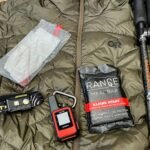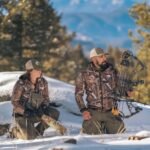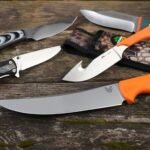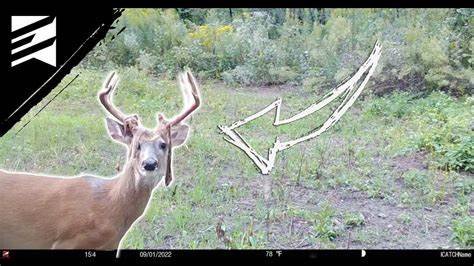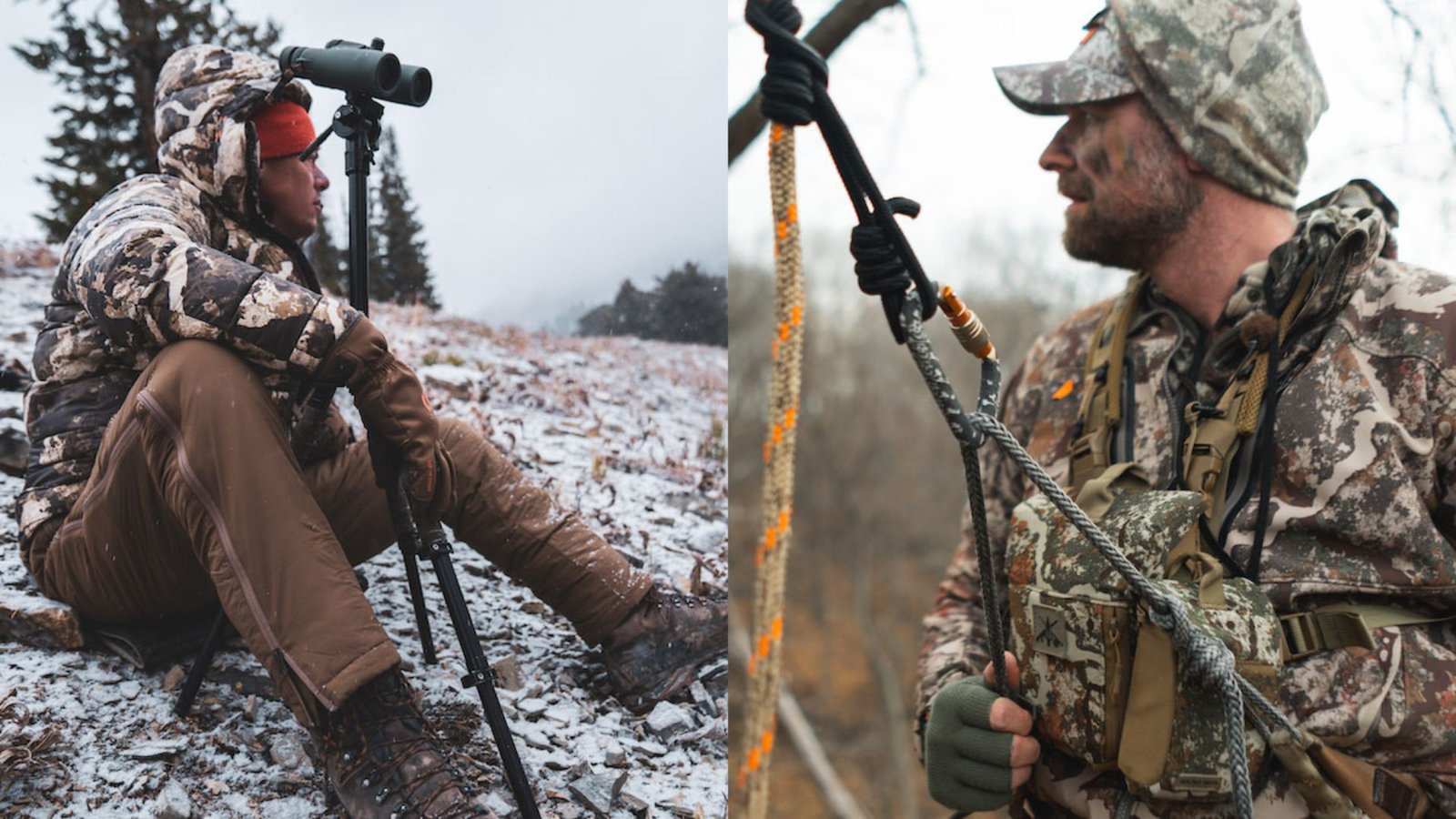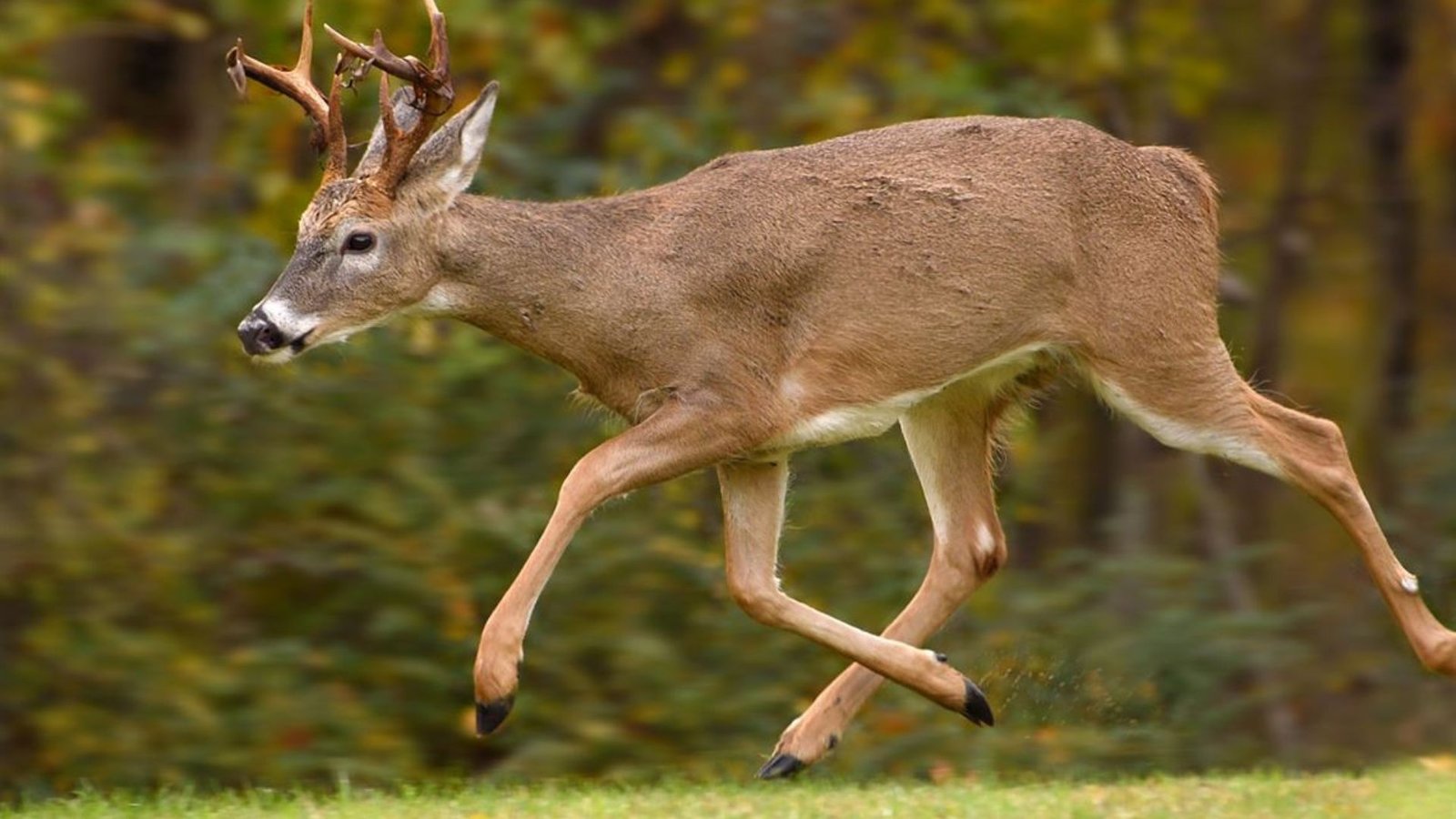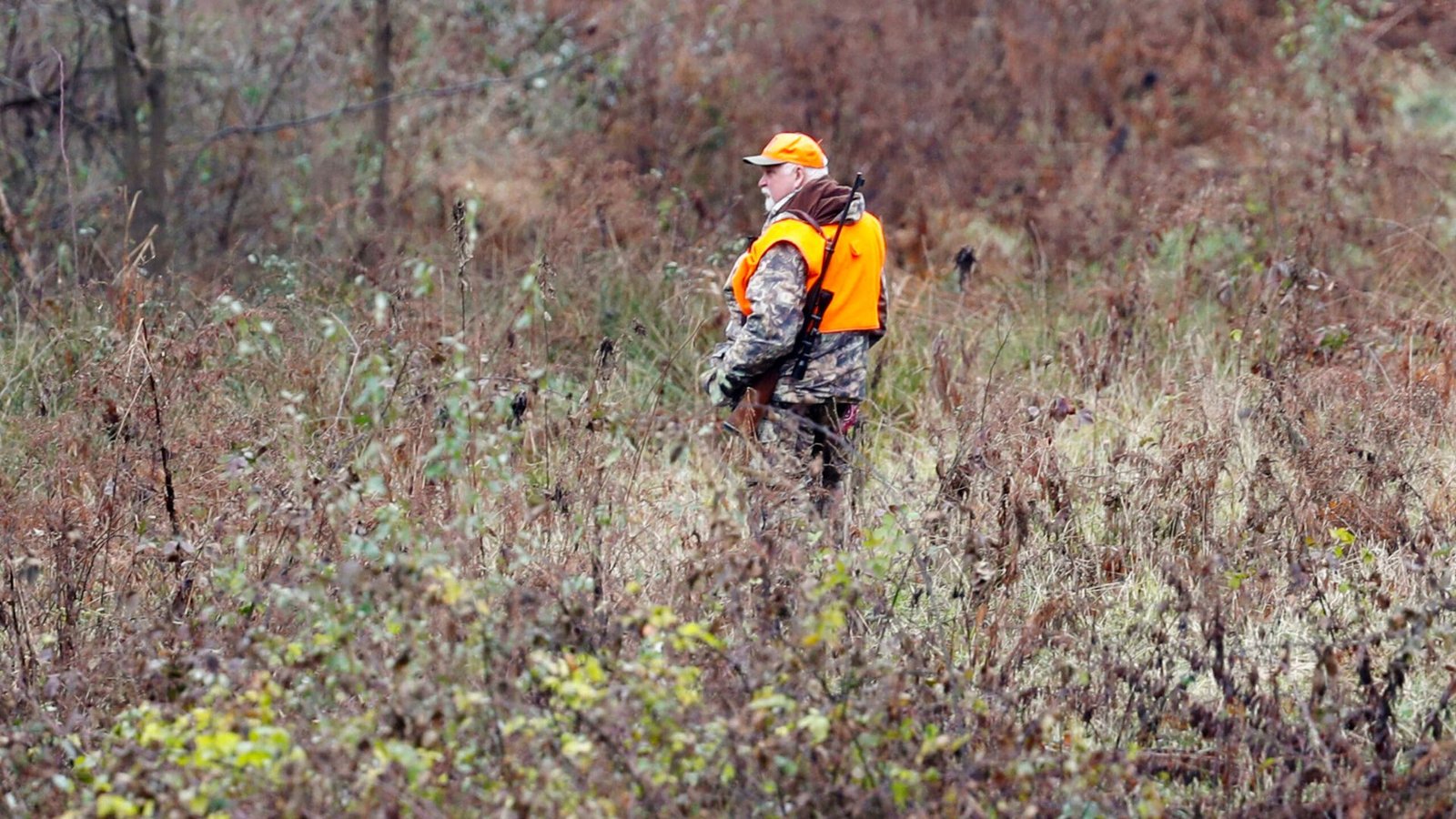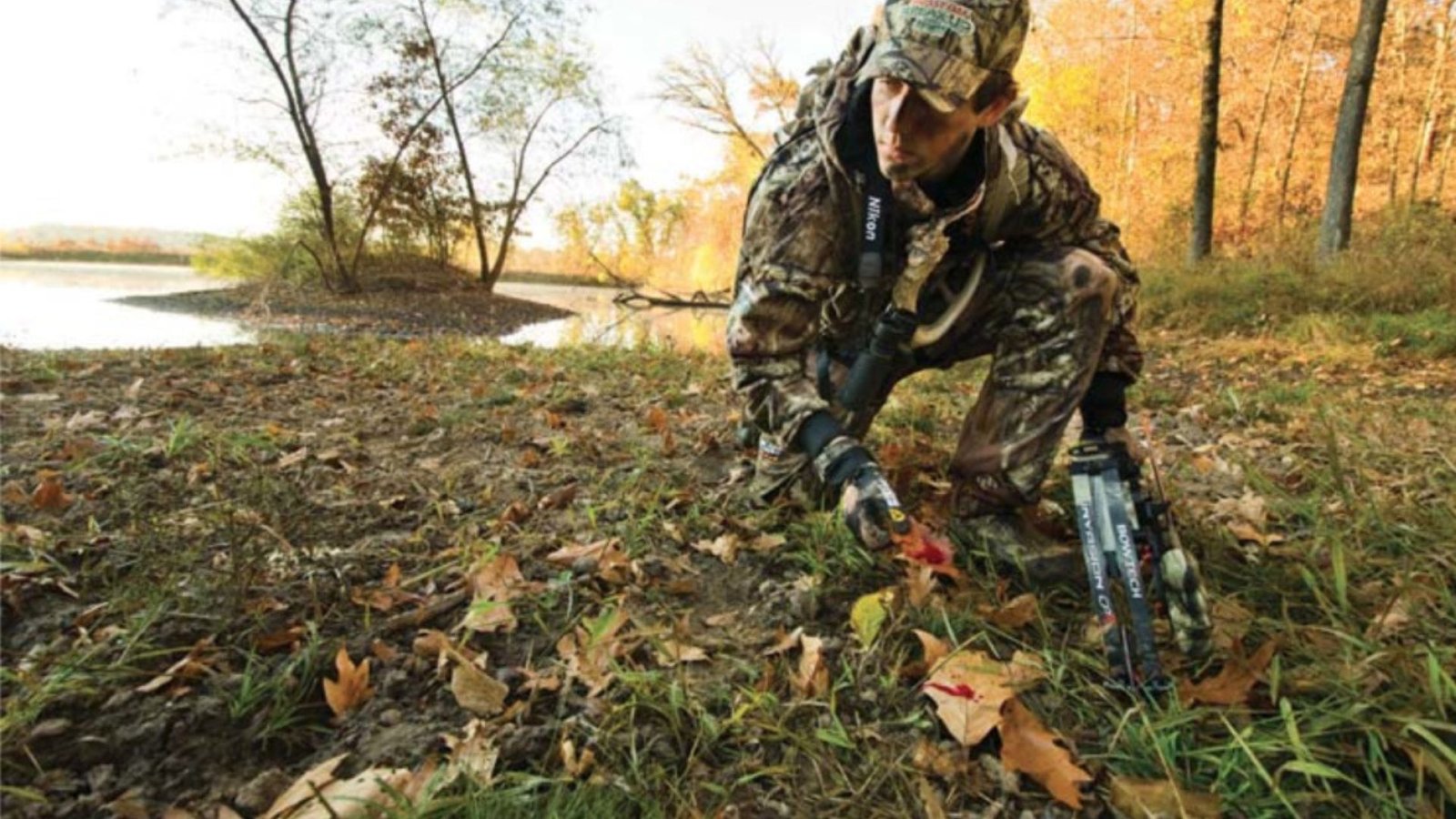Following a deer trail is as much about strategy as it is about observation. Here’s how to do it effectively without alarming your target.
1. Minimize Noise
Deer have acute hearing, so every step matters:
- Soft Steps: Walk heel-to-toe to reduce sound.
- Avoid Dry Leaves: Stick to soft ground whenever possible.
- Use Natural Sounds: Time your movements with wind gusts or other natural noises.
2. Stay Hidden
Keep yourself out of sight while tracking:
- Use Cover: Stay behind trees, bushes, or natural obstacles.
- Wear Camouflage: Blend into your surroundings with the right clothing.
- Low Profile: Avoid standing upright in open areas; crouch when necessary.
3. Monitor Wind Direction
A deer’s sense of smell can detect you from far away:
- Carry Wind Powder: Use it to check wind direction frequently.
- Stay Downwind: Always approach a deer trail with the wind blowing toward you.
4. Observe Before Moving
Make calculated decisions based on your surroundings:
- Scan the Area: Use binoculars to check for deer activity ahead.
- Pause Regularly: Stop every few steps to look and listen.
- Spot Patterns: Identify where the trail leads before committing to it.
5. Control Your Scent
Deer can pick up even faint human odors:
- Use Scent-Eliminating Products: Apply sprays on clothing and gear.
- Avoid Strong-Smelling Foods or Lotions: These can linger in the air.
- Store Gear Properly: Keep clothing in scent-free bags before your hunt.
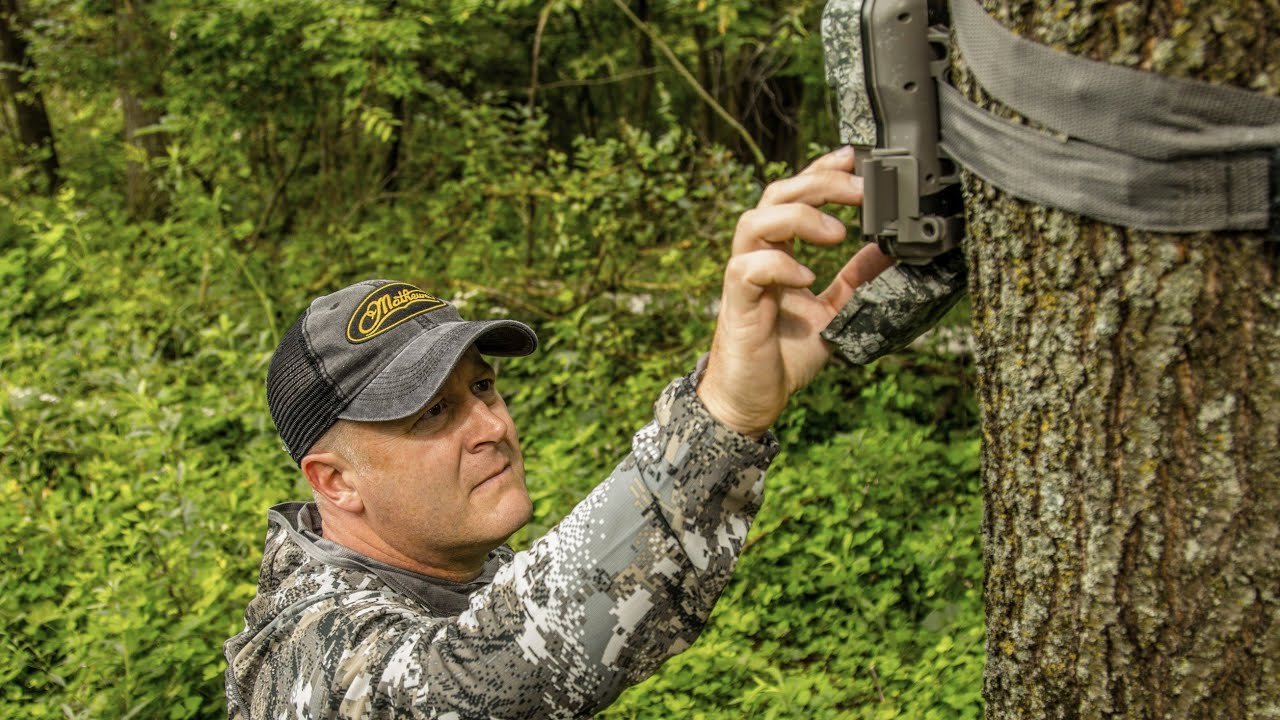
Understanding Different Types of Deer Tracks
Knowing the difference between types of tracks can improve your tracking success.
1. Walking Tracks
- Regular Stride: Deer walk in a straight line, with tracks spaced evenly.
- When to Follow: Walking tracks often lead to bedding or feeding areas.
2. Running Tracks
- Spread Out: Tracks are spaced farther apart and might dig deeper into the ground.
- What it Indicates: The deer was spooked or fleeing.
3. Browsing Tracks
- Irregular Patterns: Tracks appear in clusters where deer stop to eat.
- Best Strategy: Look for fresh droppings or chewed vegetation nearby.
4. Group Tracks
- Multiple Tracks Together: Indicates a herd or group of deer.
- Behavior Insight: Groups often include does and fawns, less likely to include bucks.
Conclusion
Following a deer trail is an exciting and rewarding experience that requires stealth, observation, and patience. By understanding different types of tracks and maintaining your cover, you’ll enhance your chances of a successful hunt. Remember to stay aware of your surroundings and respect the wildlife for a safe and fulfilling tracking journey.



